Let me set the scene for you….
It’s 10:30 am, you are the instructor for a group of 14 fifth graders and you have a full day of hiking and environmental classes ahead of you. The group is carrying 5 jugs of water, the lunches, all the snacks, and the props for activities. On route to your first stopping point, you’re chatting with students, double-checking your lesson plan, and scouting for a good stopping point to discuss the first class. A pair of students fall behind, so you wait for them. The group as a whole says they are getting too warm, so another pause to take a layer off. Finally, after about 20 minutes of walking and pausing, there’s a perfect spot for the students to circle up, sit down, and talk. Success! The day is off to a great start.
But… Let’s go back and see what we missed.
When you were leaving site, and starting on the trail there was the screech of a Steller’s jay which is a sign a nest might be nearby. As everyone was walking, there was the scat of a bobcat and then the scat of a deer. When you paused to take off layers, there was a red-tailed hawk that flew by overhead. And then, as you were gathering students into a circle, there was a trail of burro tracks you walked over.
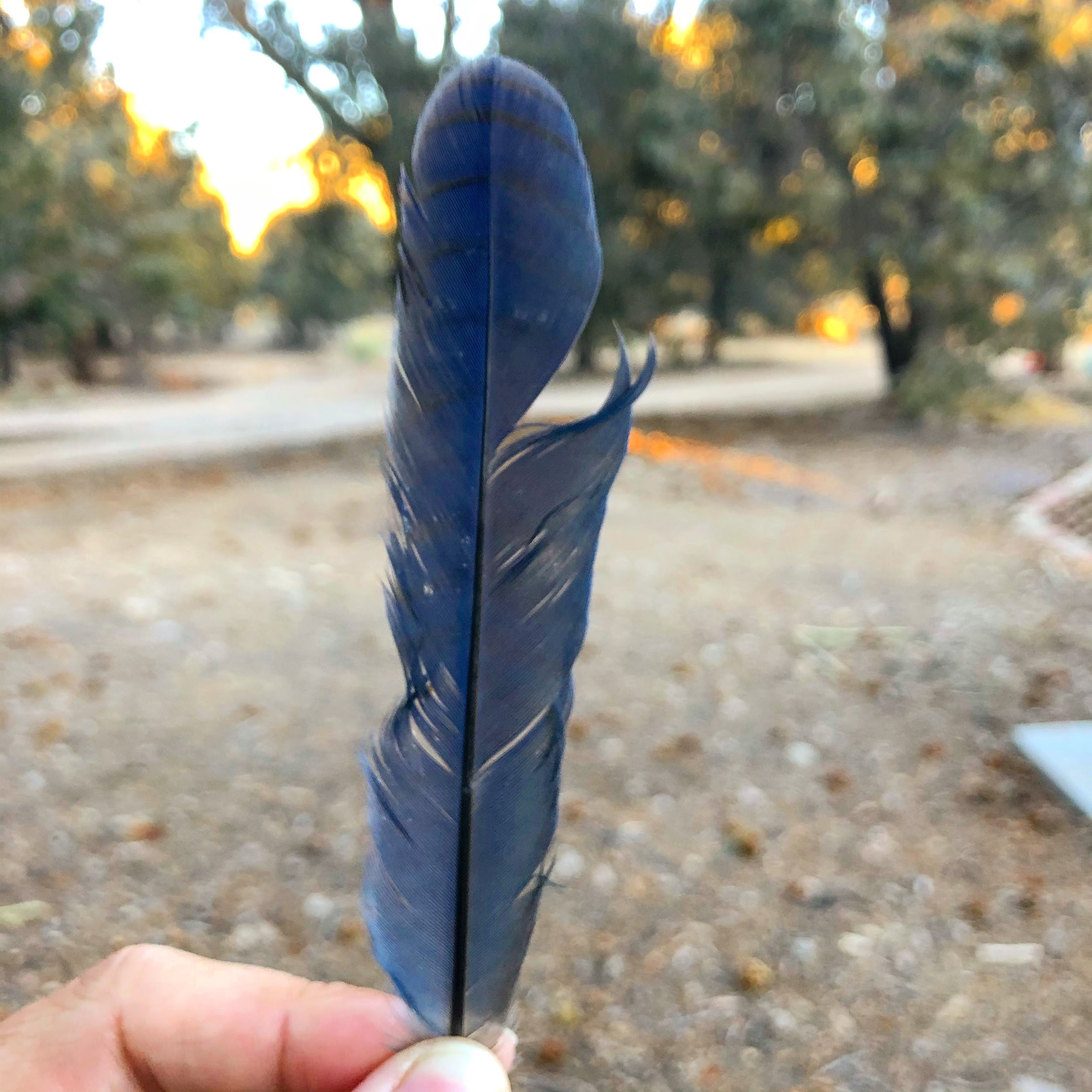
None of these signs of wildlife are strange. Actually, because we live and work in a National Forest, these sightings are pretty common. But, in the hustle of work, it is actually quite easy to miss these wonders. Crow Planet by Lyanda Lynn Haupt points this out.
Haupt writes a series of anecdotes about crow behavior and their connection to the human experience. This could be a bird on a wire, the squirrel running across the street or the moss that managed to grow on the sidewalk. Crow Planet is a unique book in its genre because it doesn’t try to bring the reader along on a journey through wild places but rather invites the reader to simply slow down and notice what is right in front of them. At the same time, Crow Planet also encourages readers in an urban setting to see how humans have caused the evolution of animals who manage to survive in urban areas. Some of these survival mechanisms are truly amazing. For example, crows will drop nuts in the street so cars can crack them open.
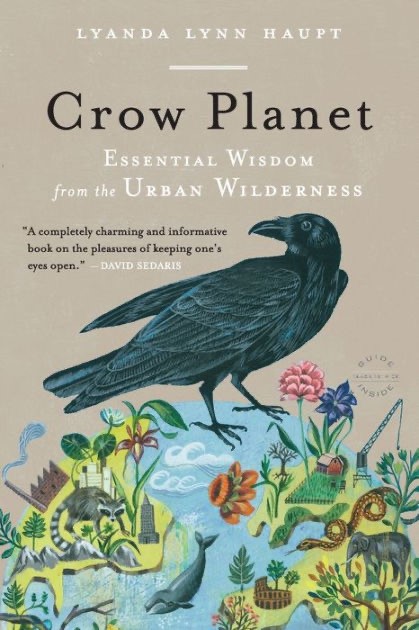
Here at High Trails, in the San Bernardino National Forest, we don’t have anything that could be called urban by any means. But, that doesn’t mean we aren’t affecting the ecosystem around us. Steller’s jays, who are from the same family as crows and show similar intelligence, are everywhere here. Just the other day, I noticed a Steller’s jay hop down from a tree to inspect an area where students usually gather. Has this particular jay had success getting a dropped snack? Has it learned that humans leave easy treats?
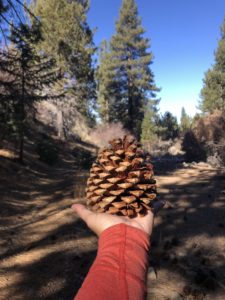
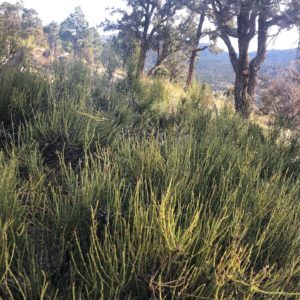
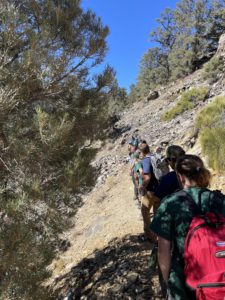
In the course of our classes, High Trails students have the opportunity to discover firsthand some wonderful things from bird feathers to strange plants to giant pine cones. However, our goal as instructors is not to just point these out but to create a curiosity in our students to keep looking, keep noticing, and see nature even when they leave us. We have activities that our students learn here that can be transferred to their home life. Magic Spots is an activity where students take a moment, a quiet moment, and just sit with their surroundings. During this moment they might draw, journal or write a poem. Adopt-a-Plant is where students get as close as possible to a plant and study it. Then, they draw or write about it in as much detail as possible. Finally, we take short moments of quiet throughout the day when we look for birds during Feathered Friends, study rocks during Earth Works or look at the stars during Astronomy. The hope is that students can take these quiet moments with them and add more of their own wherever they go after High Trails.
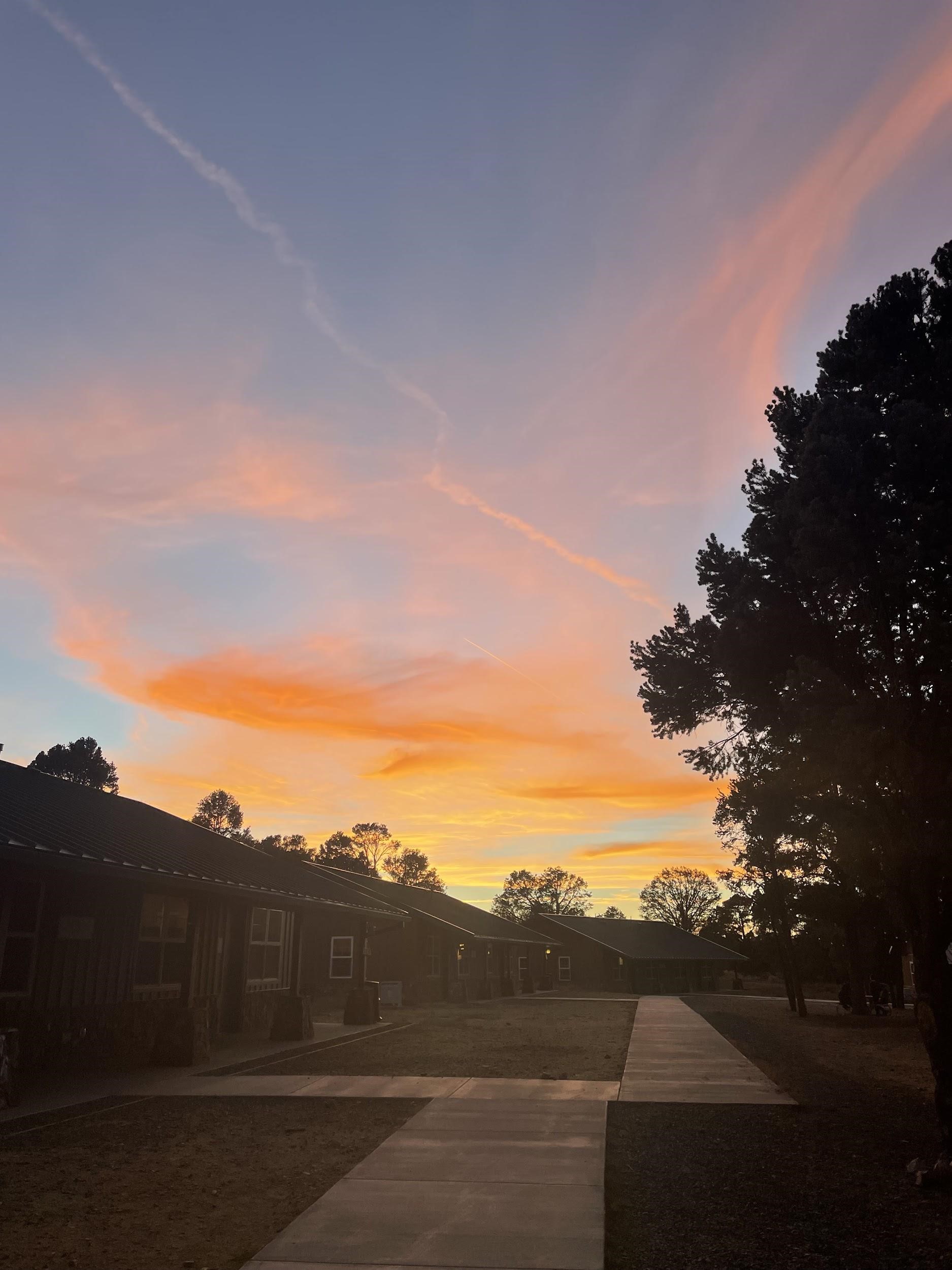
It’s such a privilege to work where we do, in an ecosystem brimming with wildlife. But does that really matter if we don’t notice? High Trails instructors are naturally curious about their surroundings, and lifelong learners. But it is just so easy to focus on being prepared, keeping students safe, warm and dry, and keeping to the schedule that your brain doesn’t have the space to be a naturalist. Crow Planet is an excellent reminder to embrace the wonder, stay curious, and always be a student of nature.
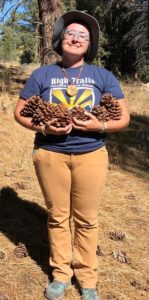
At High Trails Outdoor Science School, we literally force our instructors to write about elementary outdoor education, teaching outside, learning outside, our dirty classroom (the forest…gosh), environmental science, outdoor science, and all other tree-hugging student and kid loving things that keep us engaged, passionate, driven, loving our job, digging our life, and spreading the word to anyone whose attention we can hold for long enough actually to make it through reading this entire sentence. Whew…. www.dirtyclassroom.com

Comments are closed.